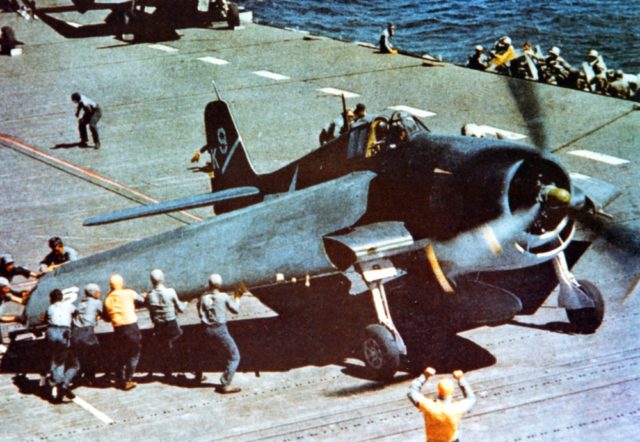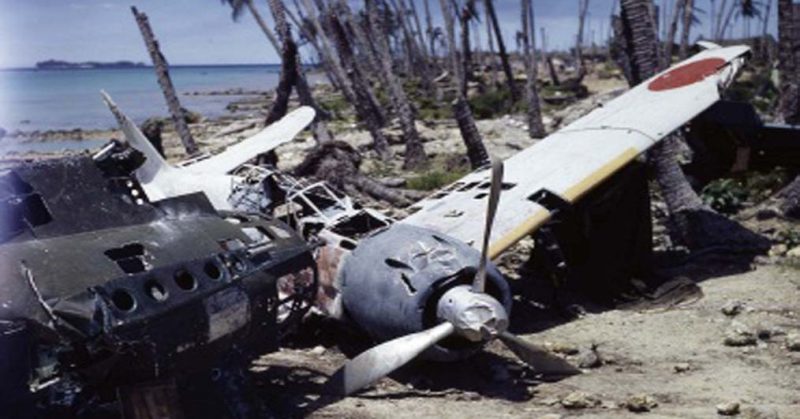The unforgettable remains of fighter planes shot down during a mammoth Second World War battle have been photographed 185 feet beneath the waves.
Dramatic pictures show numerous damaged and destroyed aircraft lying in peace on the seabed off the Solomon Islands coast in the South Pacific.
The planes, a Boeing B-17 Flying Fortress, a Grumman F6F 3-Hellcat, and a Japanese Mitsubishi A6M Zero, were all lost in 1943 during ferocious battles in the area between Japan and the United States.
They are in different stages of deterioration, and some of them still contain the remains of the crewmen.
The Hellcat is thought to be the Betsy II, which crashed when its engine failed on September 16, 1943, during an attack on Ballale Island in the Solomons.

The Boeing B-1, possibly named Black Jack/The Joker’s Wild, was lost on July 11 that year during bad weather following a bombing raid on Rabaul, Papua New Guinea.
All of the crew escaped the aircraft, including three injured crewmen, who climbed into life rafts and were assisted ashore by villagers who provided food and shelter.
The trio of airplanes were lost during the Solomon Islands campaign, an important Second World War operation which began after the Japanese landings and occupation of numerous areas of the British Solomon Islands and Bougainville, in the Territory of New Guinea in early 1942.
A counteroffensive by the Allies in New Guinea assaulted the Japanese base in the Solomons and at Rabaul sparking a campaign of attrition fought in the air, and on sea and land which eventually ground Japanese forces down.
All photography is credited to Canadian underwater photographer Christopher Hamilton. These wrecks were first seen in the 1980s.
He could place his hand on the controls that the pilot would have grasped with such adrenalin that time long ago, as he tried to execute a smooth water landing, said Christopher.
The first Pacific plane wreck he encountered was the WWII Zero off the east coast of Papua New Guinea.
Beneath the encrusting coral and sponge he could see the body of the airplane, a shell that a handful of men entrusted with their lives, he said, adding it is difficult to describe the feeling of entering a wreck where human remains are still imprisoned inside, it is very different yet exciting and very moving.
The Hellcats were made with such simplicity of design and quality that they were the least modified fighters of the war, with a total of 12,200 being built in slightly over two years, Mail Online reported.
He planned a half-year sailing voyage from New Zealand, through to Vanuatu, Papua and the Solomon Islands, with a view to obtaining some of the most inaccessible, forgotten wrecks of World War Two, Christopher explained.
Naturally, he would not have been able to locate anything if it were not for the assistance of the local people, said Hamilton, who thinks the key to locating wrecks is to throw away the timetable. Sometimes luck is with you, and at other times a day-long search yields nothing.
